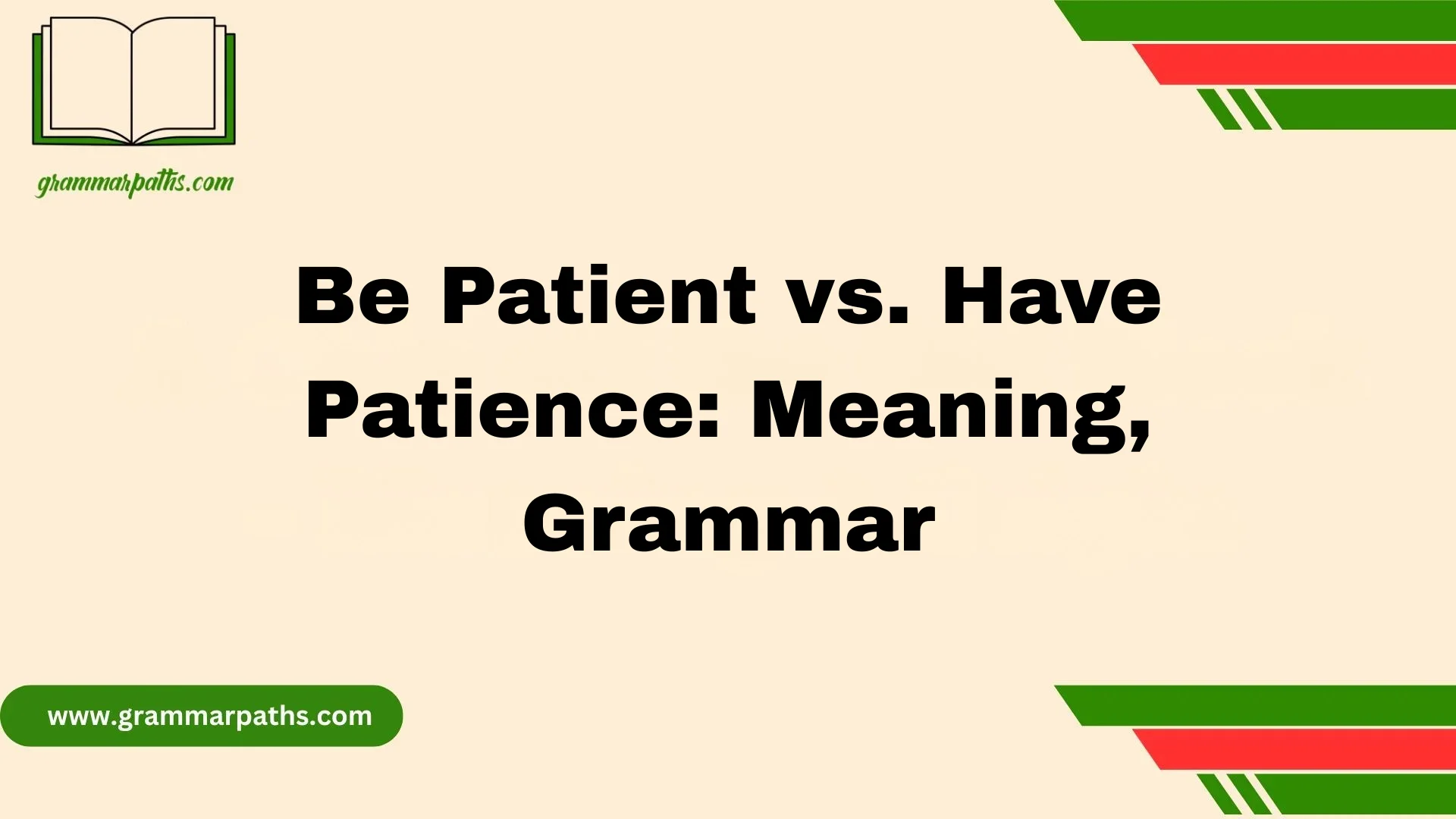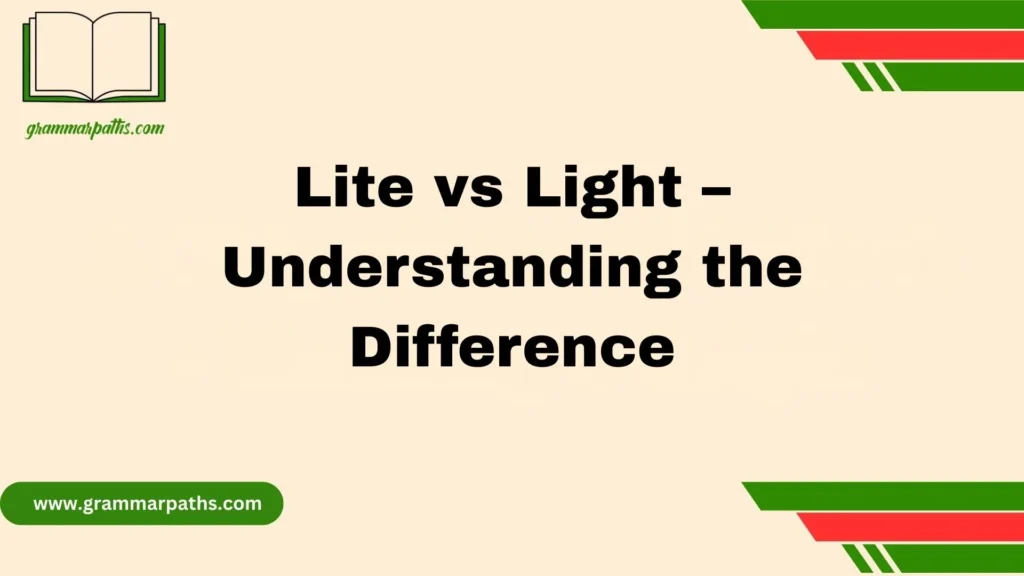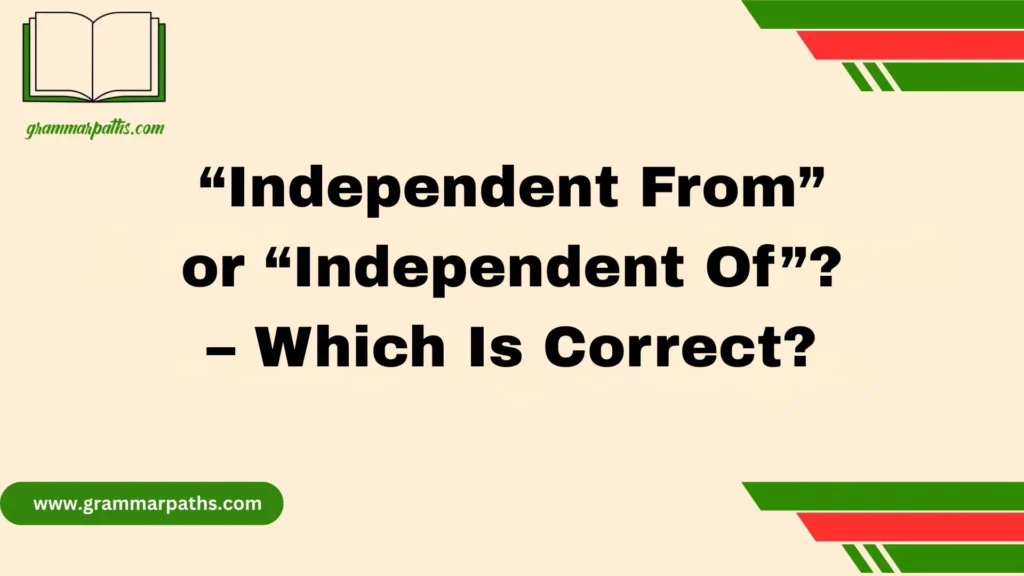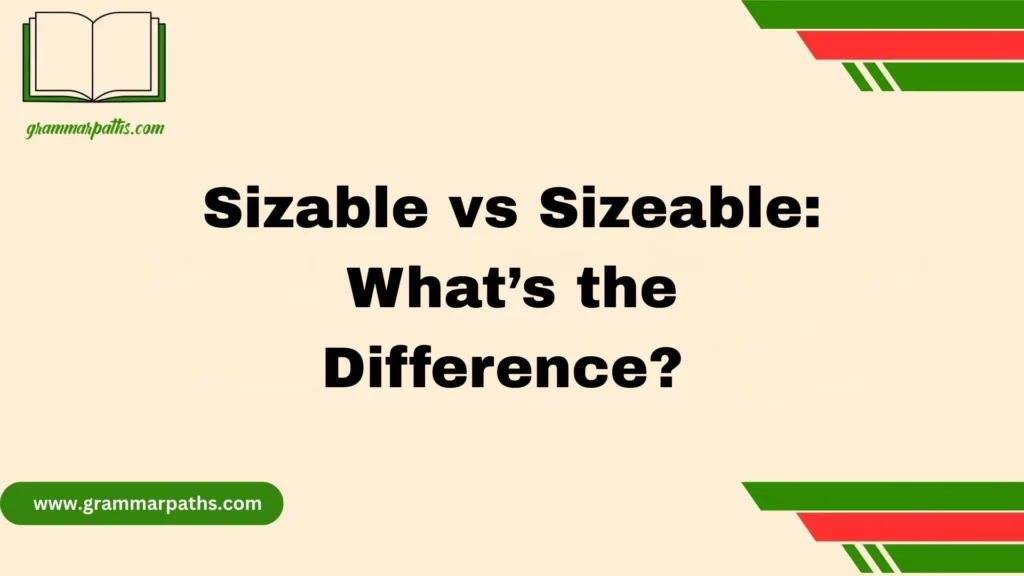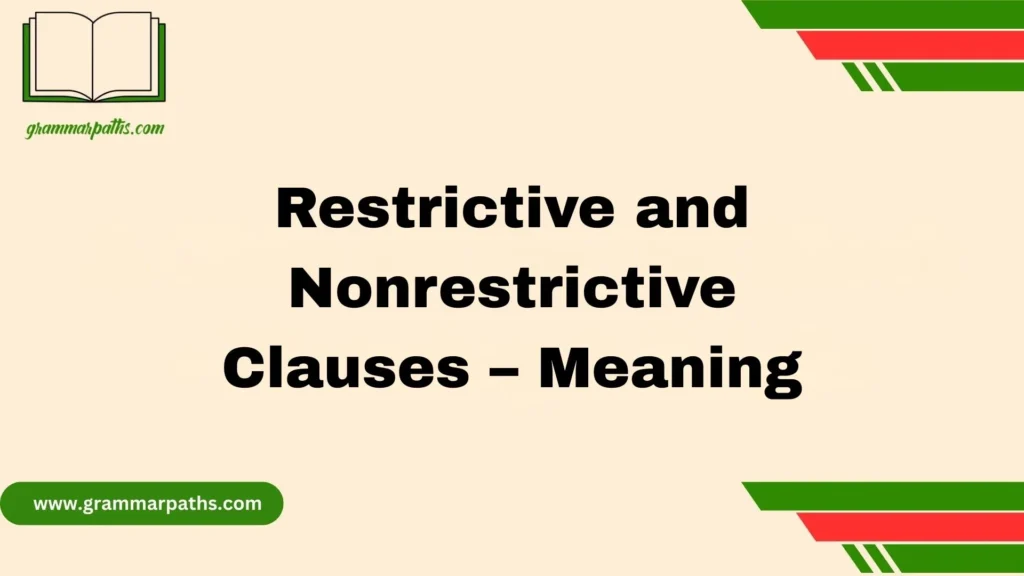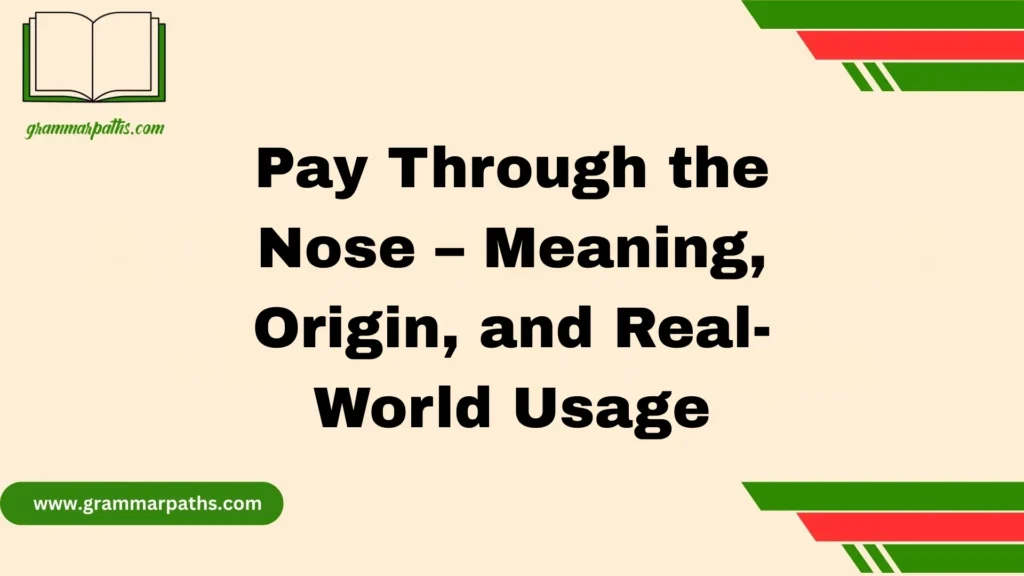Have you ever caught yourself wondering whether to say “be patient” or “have patience”? Both phrases seem to convey the same idea — staying calm and composed in a situation that tests your limits. Yet, the difference between the two lies deeper than just grammar.
Understanding the right usage of these expressions helps you sound more natural, fluent, and emotionally intelligent in English conversations. Whether you’re a student, teacher, professional, or everyday English learner, knowing when to be patient and when to have patience can completely change the tone of what you say.
In this in-depth guide, we’ll break down everything you need to know about these two expressions — their grammar, meaning, emotional tone, and real-life applications — along with practical examples and comparisons to make your understanding effortless.
Understanding the Concept of Patience
Patience is more than just waiting quietly — it’s the art of managing your emotions when things don’t move at your pace. It’s about keeping composure in moments of delay, frustration, or uncertainty.
In English, patience represents both a virtue and a linguistic concept. It comes from the Latin patientia, meaning “endurance” or “suffering.” Historically, being patient was seen as a moral quality — the ability to tolerate discomfort with grace.
Today, the word has evolved to describe calmness and emotional control. Whether you’re waiting for a reply, handling a tough coworker, or facing a long traffic jam, patience is what keeps you centered.
“Patience is not simply the ability to wait — it’s how we behave while we’re waiting.” — Joyce Meyer
This quote perfectly captures the idea: patience isn’t just about time, it’s about temperament.
Grammatical Breakdown: ‘Be Patient’ vs. ‘Have Patience’
Although both expressions reflect the same mindset, their grammatical structures differ.
| Phrase | Word Type | Structure | Example |
| Be patient | Adjective phrase | Subject + Be + Adjective | “Please be patient while I check your order.” |
| Have patience | Noun phrase | Subject + Have + Noun | “You need to have patience when teaching children.” |
Let’s break it down further.
- Be patient uses patient as an adjective, describing how someone should act in a specific moment.
- Have patience uses patience as a noun, describing a quality or possession you carry.
So, grammatically, “be patient” focuses on behavior, while “have patience” emphasizes character or enduring quality.
Verb Roles
- Be = describes a state (who or how you are).
- Have = expresses possession (something you own or possess).
That’s why saying “Be patient” sounds more like guidance for the present situation, while “Have patience” feels more philosophical — as if you’re reminding someone to keep calm in general.
When to Say “Be Patient”
The phrase “Be patient” is more common in everyday English, especially in spoken language. It’s direct, kind, and often sounds like advice or encouragement.
You’ll often hear it in situations involving:
- Waiting (for results, emails, opportunities)
- Teaching or learning
- Dealing with delays or problems
Examples:
- “Be patient, the food will be ready soon.”
- “You have to be patient with yourself when learning a new skill.”
- “Be patient — good things take time.”
Tone and Emotion
“Be patient” feels empathetic, calm, and reassuring. It suggests you’re asking someone to control their emotions right now rather than develop the trait long-term.
Case Study Example:
In customer service, representatives often say, “Please be patient while I look into this issue.” This conveys respect and calmness, helping diffuse frustration and creating trust between the service agent and the customer.
Pro Tip:
Use “be patient” in situational advice or momentary reminders. It’s conversational, gentle, and ideal for spoken English.
When to Say “Have Patience”
Now, “Have patience” feels slightly more formal and reflective. It’s not as common in casual conversation, but it’s still widely used in professional writing, literature, and motivational speech.
This phrase focuses on the possession of an internal quality — something you carry or maintain over time. It’s not just about acting calm now, but being a calm person.
Examples:
- “You must have patience when raising children.”
- “Let’s have patience and wait for the results.”
- “Those who have patience often achieve the best outcomes.”
Tone and Emotion
“Have patience” emphasizes virtue and endurance, giving it a timeless and reflective tone. It often sounds philosophical — something you might hear in a speech, book, or inspirational setting.
Corpus Insight:
According to data from the Corpus of Contemporary American English (COCA), “be patient” appears three times more frequently than “have patience,” especially in spoken and digital communication. However, “have patience” dominates literary and formal writing.
Case Study Example:
A teacher encouraging long-term effort might say, “You’ll master this topic — just have patience.” It implies persistence rather than short-term restraint.
Key Differences Between ‘Be Patient’ and ‘Have Patience’
Although both convey calmness, their nuances differ in tone, usage, and meaning.
| Feature | Be Patient | Have Patience |
| Part of Speech | Adjective phrase | Noun phrase |
| Verb Used | “Be” – describing a state | “Have” – expressing possession |
| Tone | Conversational, encouraging | Formal, reflective |
| Usage | Common in spoken English | Common in written/formal English |
| Emotional Focus | Behavior in the moment | Enduring quality or virtue |
| Example | “Be patient with me.” | “Have patience with me.” |
In short:
- Use “be patient” when giving advice for immediate behavior.
- Use “have patience” when referring to someone’s inner ability or long-term quality.
Common Mistakes and Misunderstandings
Many English learners — and even native speakers — mix up these expressions or use them awkwardly. Let’s clear up the most frequent errors.
1. Saying “Be Patience”
Incorrect: “Be patience.”
Correct: “Be patient.”
Reason: Patience is a noun, not an adjective. “Be” needs an adjective complement — hence, patient.
2. Overusing “Have Patience” in Casual Speech
While grammatically correct, “have patience” can sound stiff in everyday talk. If you’re chatting with a friend, “be patient” feels more natural.
3. Confusing “Patient” (Adjective) with “Patient” (Noun)
“Patient” as a noun refers to someone receiving medical care.
Example: “The patient is waiting for the doctor.”
Don’t confuse that with the emotional trait!
4. Using Both Interchangeably Without Tone Awareness
While both are grammatically valid, tone matters. Using “have patience” in a casual chat may sound overly formal or distant.
Historical and Linguistic Origins
The term patience traces back to the Latin word “patientia,” meaning endurance, tolerance, or the capacity to suffer. It stems from the verb patī — “to suffer or bear.”
Middle English Influence:
During the Middle Ages, the word was borrowed into English via Old French (pacience). It was heavily used in religious texts to describe moral endurance and virtue — hence the expression “Patience is a virtue.”
Development of “Patient”:
Later, patient evolved as both:
- an adjective (describing someone calm and tolerant)
- a noun (referring to a person under medical treatment)
This duality is what makes English fascinating: one word branching into multiple meanings, depending on grammatical context.
Real-World Examples and Idiomatic Uses
English is rich with idioms and expressions involving patience. Here are a few popular ones:
| Idiom/Expression | Meaning | Example |
| Patience is a virtue | It’s good to be patient. | “He’s learning that patience is a virtue.” |
| Lose patience | To become frustrated. | “I’m starting to lose patience with this traffic.” |
| Test someone’s patience | To annoy or frustrate someone. | “Her constant interruptions test my patience.” |
| Run out of patience | To stop being calm. | “I’ve run out of patience with these delays.” |
In Pop Culture
- In Star Wars, Master Yoda says: “Patience you must have, my young Padawan.”
- In the Bible: “Let us run with patience the race that is set before us.” (Hebrews 12:1)
These examples show how patience is seen as both strength and wisdom across time, culture, and art.
How to Practice and Communicate Patience Effectively
Patience isn’t just about grammar — it’s about emotional intelligence. Here’s how to apply both expressions in daily life.
In Relationships
- Instead of reacting, be patient when your partner needs time to express themselves.
- Have patience for their personal growth; everyone moves at a different pace.
At Work
- Be patient with teammates during project delays or feedback rounds.
- Have patience when pursuing career goals; success often takes time.
In Personal Growth
- When learning a language or skill, be patient with your progress.
- Have patience with your long-term journey — progress compounds slowly but surely.
Do’s and Don’ts of Expressing Patience
| Do’s | Don’ts |
| Use “be patient” for momentary encouragement. | Don’t use “be patience.” |
| Use “have patience” in reflective or formal tone. | Don’t use both in the same sentence unnecessarily. |
| Practice patience in tone and actions. | Don’t rush others; it contradicts your words. |
Cross-Cultural and Linguistic Notes
Different languages handle the concept of patience differently.
| Language | Expression | Literal Meaning |
| Spanish | “Tener paciencia” | To have patience |
| French | “Avoir de la patience” | To have patience |
| German | “Geduld haben” | To have patience |
| Japanese | “Shinbō suru (辛抱する)” | To endure or persevere |
Interestingly, English allows both “be patient” and “have patience,” but most other languages only use the “have patience” construction. This shows how English provides flexibility — one phrase describing state, the other trait.
Quick Grammar Recap
Here’s a short cheat sheet to help you remember:
- ✅ Be patient → when describing how someone should behave.
Example: “Be patient, your time will come.” - ✅ Have patience → when talking about the possession of that quality.
Example: “You must have patience if you want success.” - ❌ Be patience → incorrect because “patience” is not an adjective.
- ❌ Have patient → incorrect because “patient” is not a noun here.
Conclusion
Both “be patient” and “have patience” express the same virtue — calm endurance — but they differ in grammar, tone, and intent.
When you say “be patient,” you’re urging someone to act calmly now. When you say “have patience,” you’re reminding them to possess calmness as a lasting quality.
Understanding this distinction not only improves your grammar but also your communication. It teaches you to express empathy, composure, and wisdom — qualities that define mature and articulate speakers of English.
So next time someone’s getting restless, you’ll know exactly when to say, “Be patient,” and when to encourage them to “Have patience.”
FAQs
Q1. Can I say “Be patience”?
No. The correct form is “Be patient.” “Patience” is a noun, while “patient” is an adjective.
Q2. Is “Have patience” too formal?
It’s slightly more formal than “Be patient,” but still perfectly acceptable. It’s ideal in writing or reflective speech.
Q3. Which is more common in American English?
“Be patient” is more frequent in speech and informal writing. “Have patience” appears more in formal, motivational, or literary contexts.
Q4. What’s the opposite of patience?
Impatience — the inability to wait calmly or tolerate delays.
Q5. Can I use both in one sentence?
Yes, but it’s rare. For example: “Be patient — you’ll learn to have patience with time.”

Emma Brooke is a passionate language expert and contributor at GrammarPaths.com, where she helps learners navigate the complexities of English grammar, idioms, and effective writing. With a strong academic background and years of teaching experience, Emma excels at turning tricky grammar rules into simple, practical lessons that readers can easily grasp.
